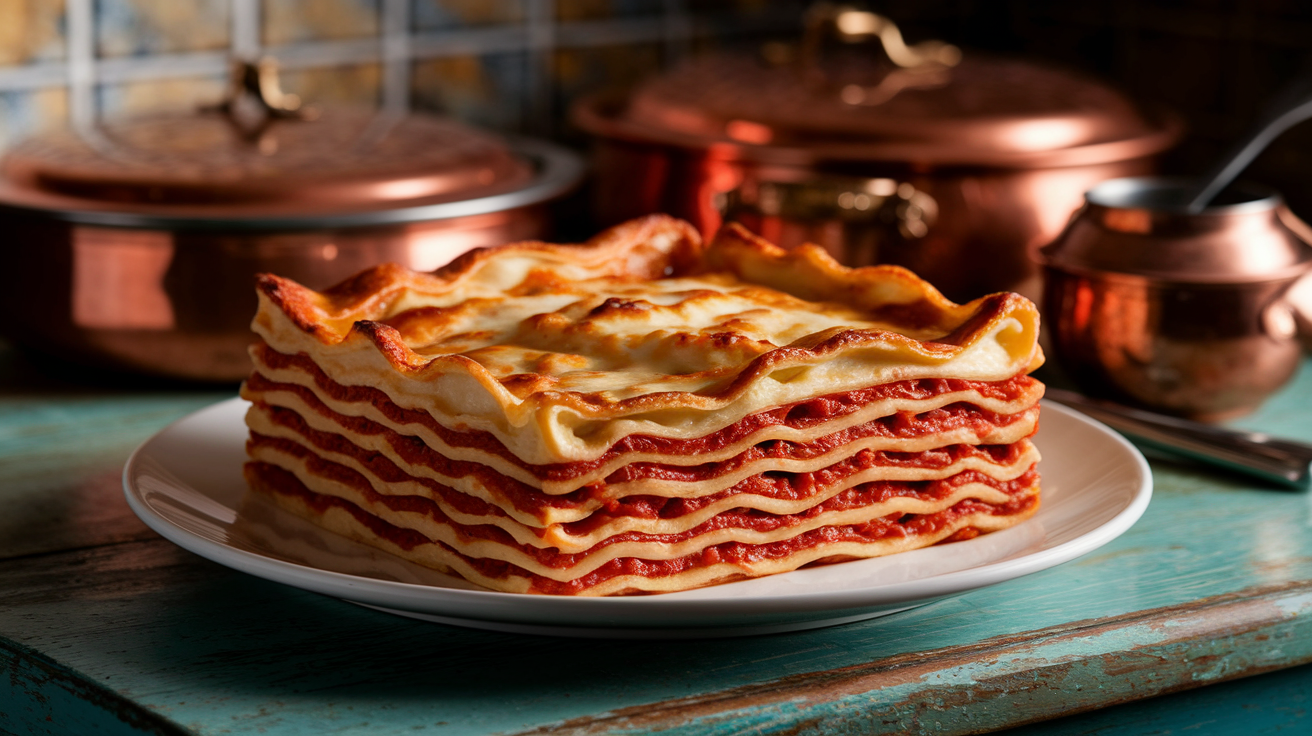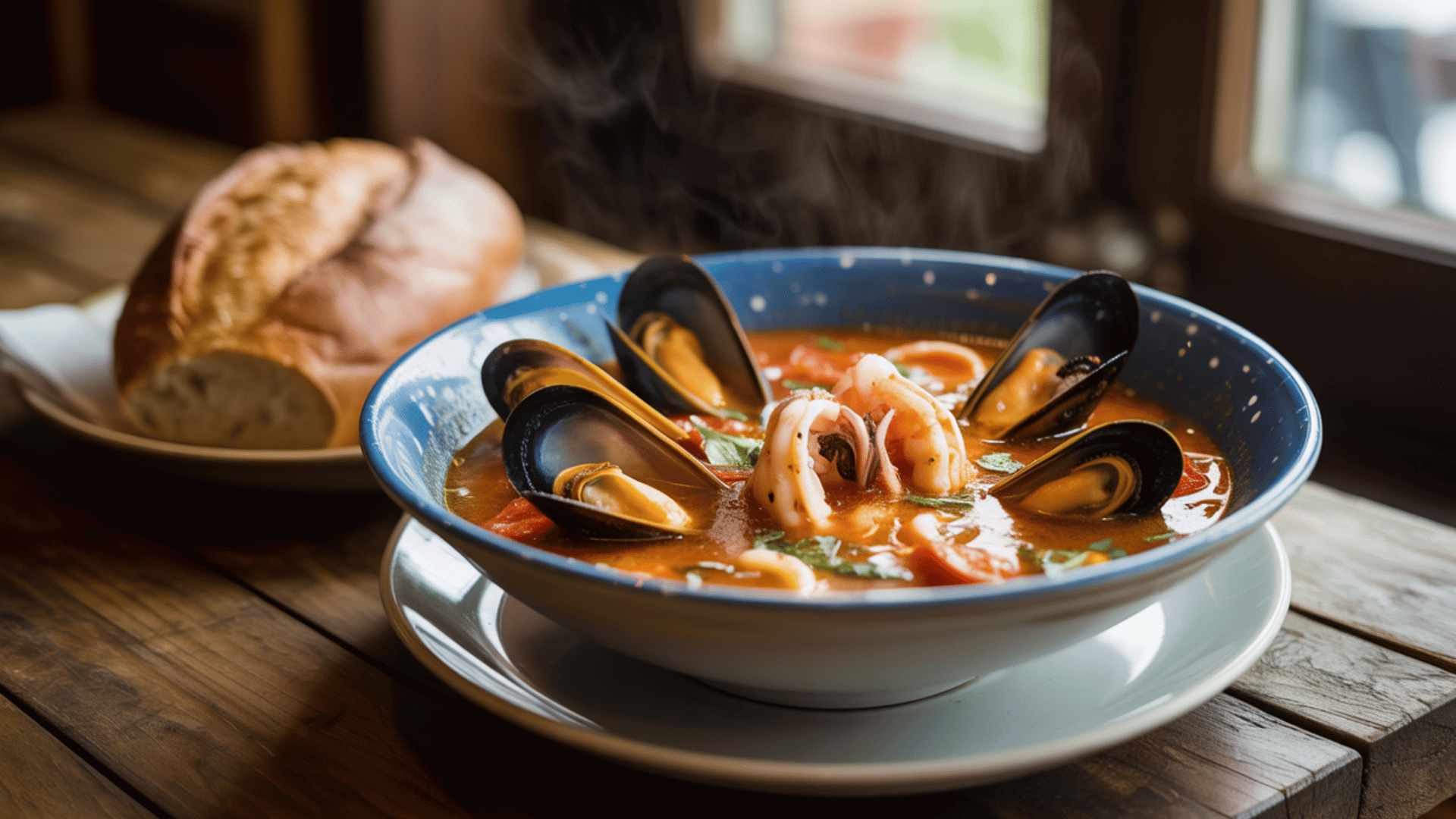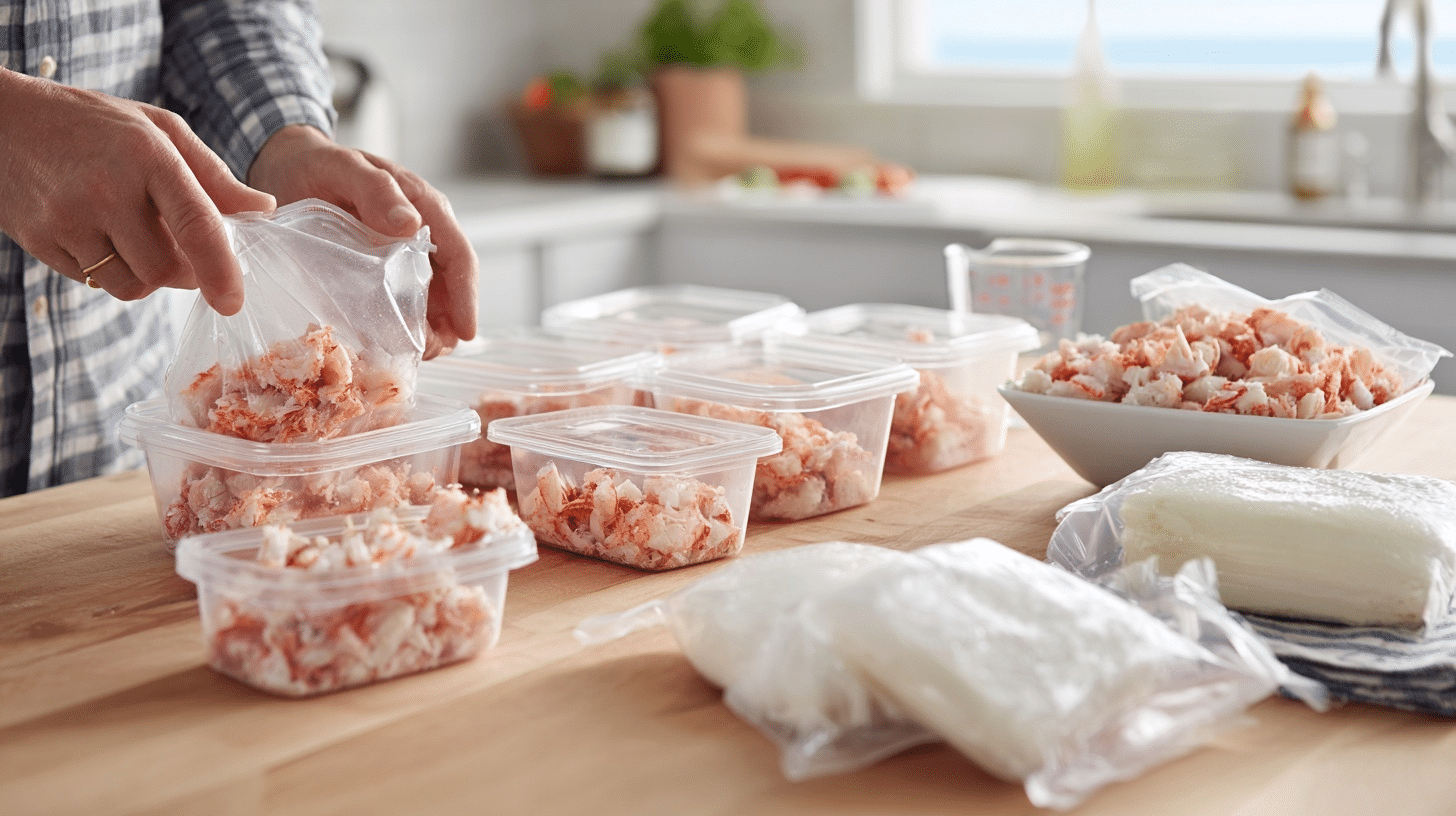Are you craving real Italian comfort food but tired of the same old recipes? Most homemade lasagnas lack that rich, traditional flavor you get from genuine Neapolitan cooking.
But what if I told you there’s a way to bring the most beloved comfort Italian dish right to your kitchen?
This blog will show you exactly how to create restaurant-quality Neapolitan lasagna at home. You’ll learn the secrets behind perfect layers, real sauce techniques, and the cheese combinations that make all the difference.
Background and Origins
It has deep roots in Naples’ rich culinary heritage. This dish has evolved over centuries of tradition.
The story begins with Carnival season. Neapolitan families prepared this rich lasagna for the biggest celebrations of the year. It was their way of using up ingredients before Lent began.
Making this lasagna was always a family affair. Grandmothers gathered everyone in the kitchen. Children rolled meatballs while mothers prepared the ragù.
Naples has long been renowned for its hearty, layered dishes. The city’s working-class roots are evident in this dish; it’s filling, satisfying, and designed to feed a crowd.
This lasagna embodies the essence of Naples itself: bold, generous, and full of life. Every layer tells the story of a culture that believes food should bring people together.
Nutritional Value of Neapolitan Lasagna
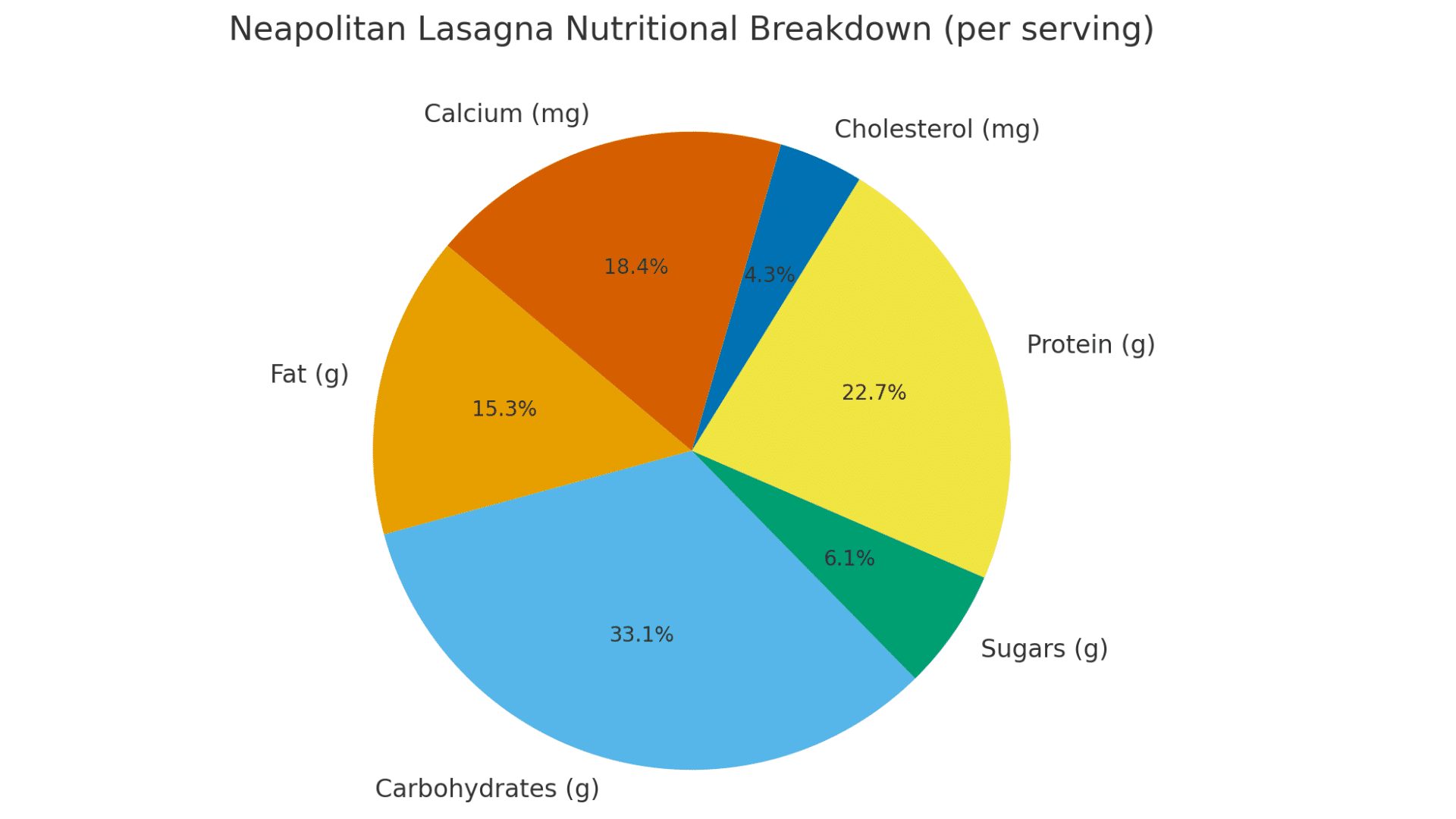
Neapolitan Lasagna is hearty yet balanced, offering protein from meat and ricotta, energy from pasta, and calcium from cheese. Each serving provides approximately 570 calories, making it a filling and satisfying option.
With vitamins, minerals, and wholesome ingredients, it’s both a comfort food and a nourishing meal.
Essential Ingredients Overview
| Ingredient | Quantity (Approx.) |
|---|---|
| Ragù | 1.5–2 liters |
| Pasta Sheets | 500 g (about 1 lb) |
| Ricotta | 500 g (about 2 cups) |
| Eggs (hard-boiled) | 4–5 |
| Meatballs (mini) | 25–30 small (from about 500 g ground meat) |
| Tomato Base | From 2–3 cans (400 g each) of tomatoes |
| Herbs (basil, oregano) | A handful of fresh basil, 1–2 tsp dried oregano |
| Cheese Varieties (Parmigiano, Pecorino) | 150–200 g (grated) |
Step-by-Step Instructions for Cooking
I’ll walk you through each step to create a perfect dish from start to finish. Don’t worry if it seems overwhelming; I’ll break everything down into simple, manageable steps that anyone can follow.
Step 1: Preparing the Ragù

Start by slowly cooking onions, garlic, and ground meats in olive oil. Add tomatoes, herbs, and a splash of wine. Let it simmer gently for hours, creating a thick, flavorful sauce that forms the foundation of Neapolitan Lasagna.
Step 2: Making Mini Meatballs
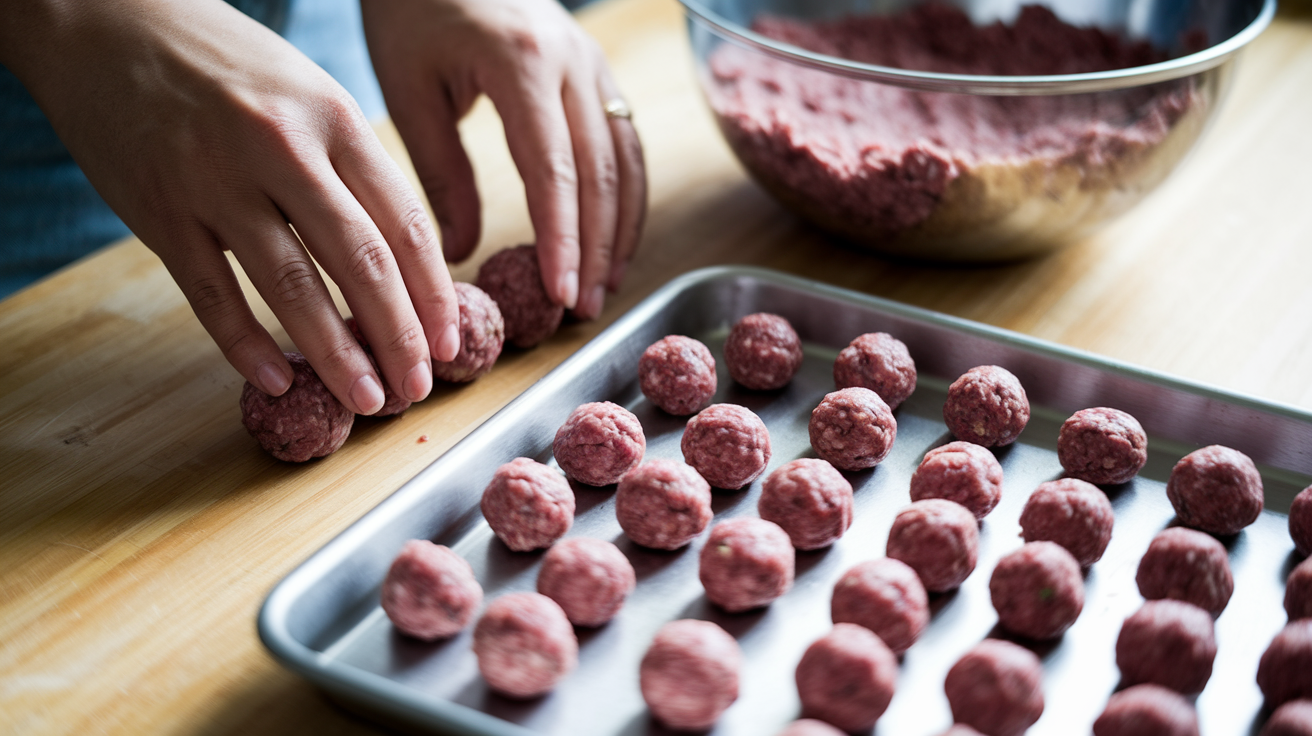
Mix ground meat with breadcrumbs, cheese, eggs, and herbs. Shape into small bite-sized balls. Fry or bake until browned.
These tiny meatballs bring bursts of flavor, making Lasagna different from other versions that rely only on ragù.
Step 3: Cooking Pasta Sheets to the Right Firmness

Boil pasta sheets until just undercooked, since they’ll finish cooking in the oven. Drain and cool them on a towel with light oil to prevent sticking.
Slightly firm pasta ensures layers hold together without becoming mushy after baking.
Step 4: Layering Ingredients in the Correct Order
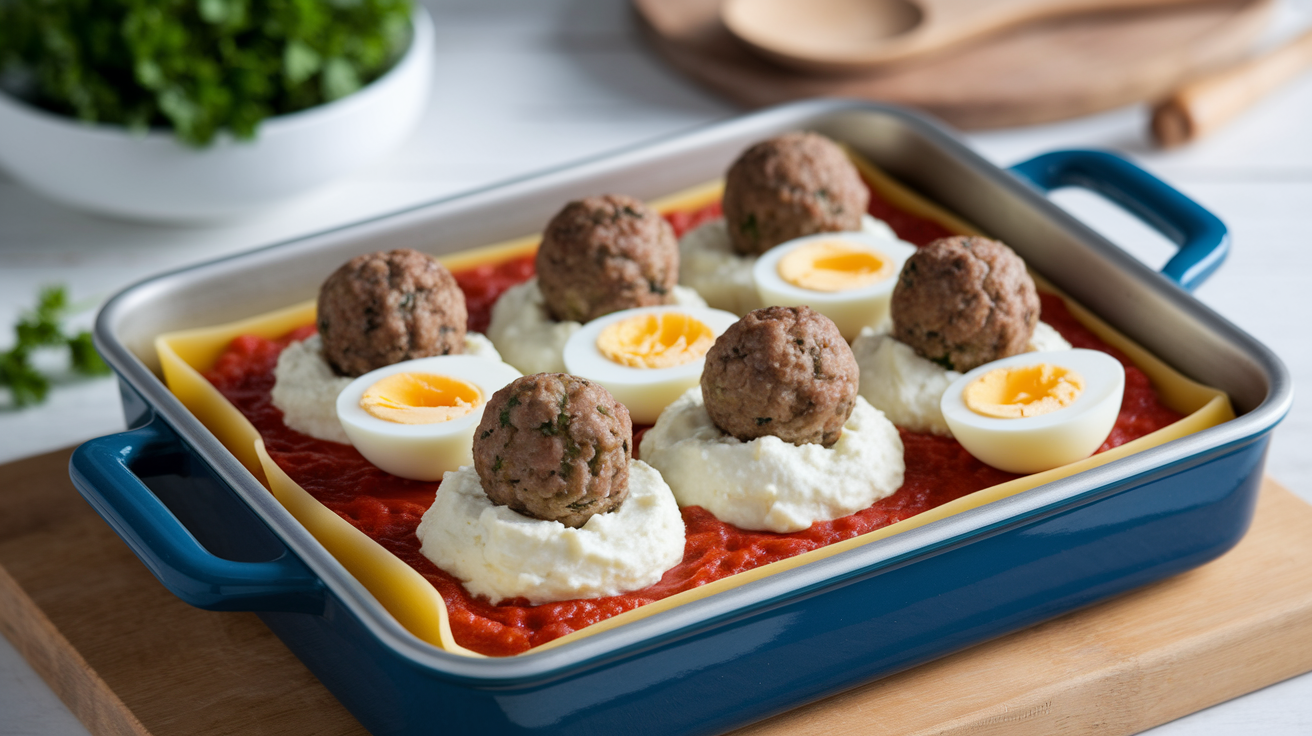
Spread sauce on the bottom of the pasta sheets, then add cheese. Next, spoon on ricotta, meatballs, eggs, and more ragù. Repeat layers until the dish is full.
Balanced layering creates structure and guarantees full flavor in every bite.
Step 5: Baking to Golden Perfection

Bake at medium-high heat until the mixture is bubbling and the top turns golden brown. Let it rest before cutting, allowing the layers to settle.
This step ensures that the cheese crisps are cooked through, the sauce thickens, and each slice comes out neat and satisfying.
Tips for Success
Creating a perfect dish takes practice, but these tips will help you avoid common mistakes. I’ve learned these lessons the hard way over the years.
- Prevent Soggy Pasta: Don’t overcook your lasagna sheets; they finish cooking in the oven. Let the sauce layers cool slightly before assembling.
- Balance Your Ratios: Use 2 cups ragù for every 1 cup ricotta. Don’t go heavy on mozzarella; it makes layers greasy.
- Make-Ahead Magic: Assemble completely, then refrigerate up to 2 days. Add 15 extra minutes to the baking time if cooking from cold.
- Smart Substitutions: If you don’t have San Marzano tomatoes, use any good-quality canned whole tomatoes. Instead of pancetta, Bacon works fine.
- Storage Secrets: Leftovers can be stored in the refrigerator for up to 4 days. Reheat portions in the microwave for 2 minutes. It tastes even better the next day.
Serving and Pairing Suggestions
It deserves to be served with style. This rich, hearty dish shines when paired with the right sides and drinks. Here are my favorite combinations that perfectly balance all those bold flavors.
Arugula Salad
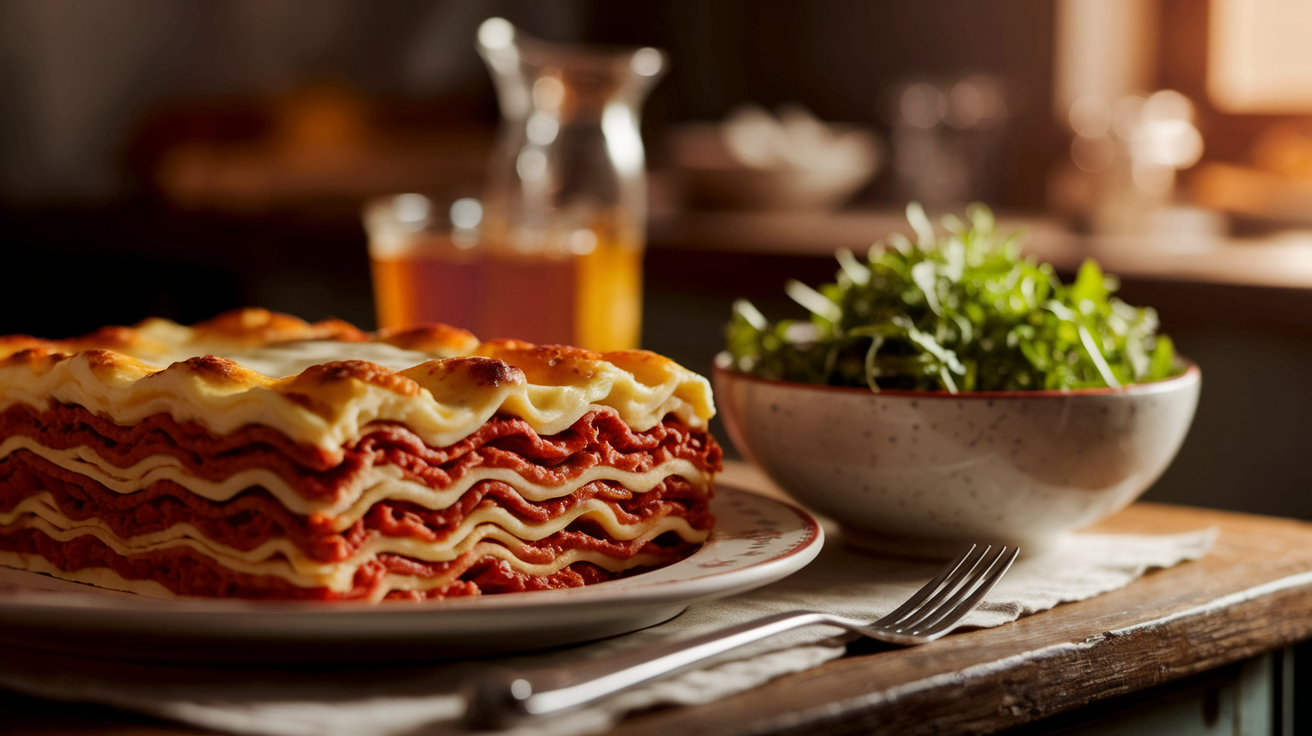
A simple arugula salad with lemon vinaigrette cuts through the richness beautifully. The peppery greens perfectly balance all that cheese and meat. Dress it lightly with olive oil, lemon juice, and a pinch of salt for the best results.
Crusty Italian Bread
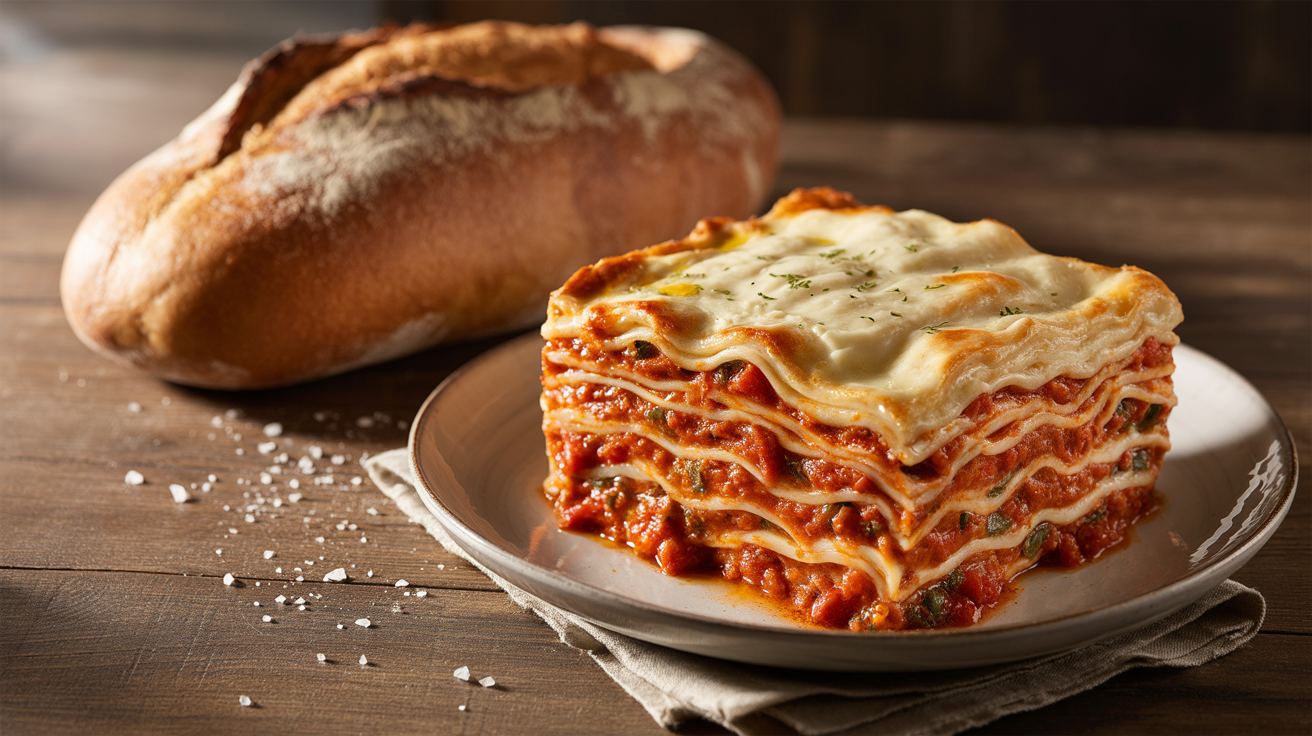
Serve warm, crusty Italian bread for sopping up extra sauce. Nothing beats that perfect combination of a crispy crust and a soft interior.
Toast it lightly and brush with garlic butter for an extra special touch for your guests.
Wine Pairing
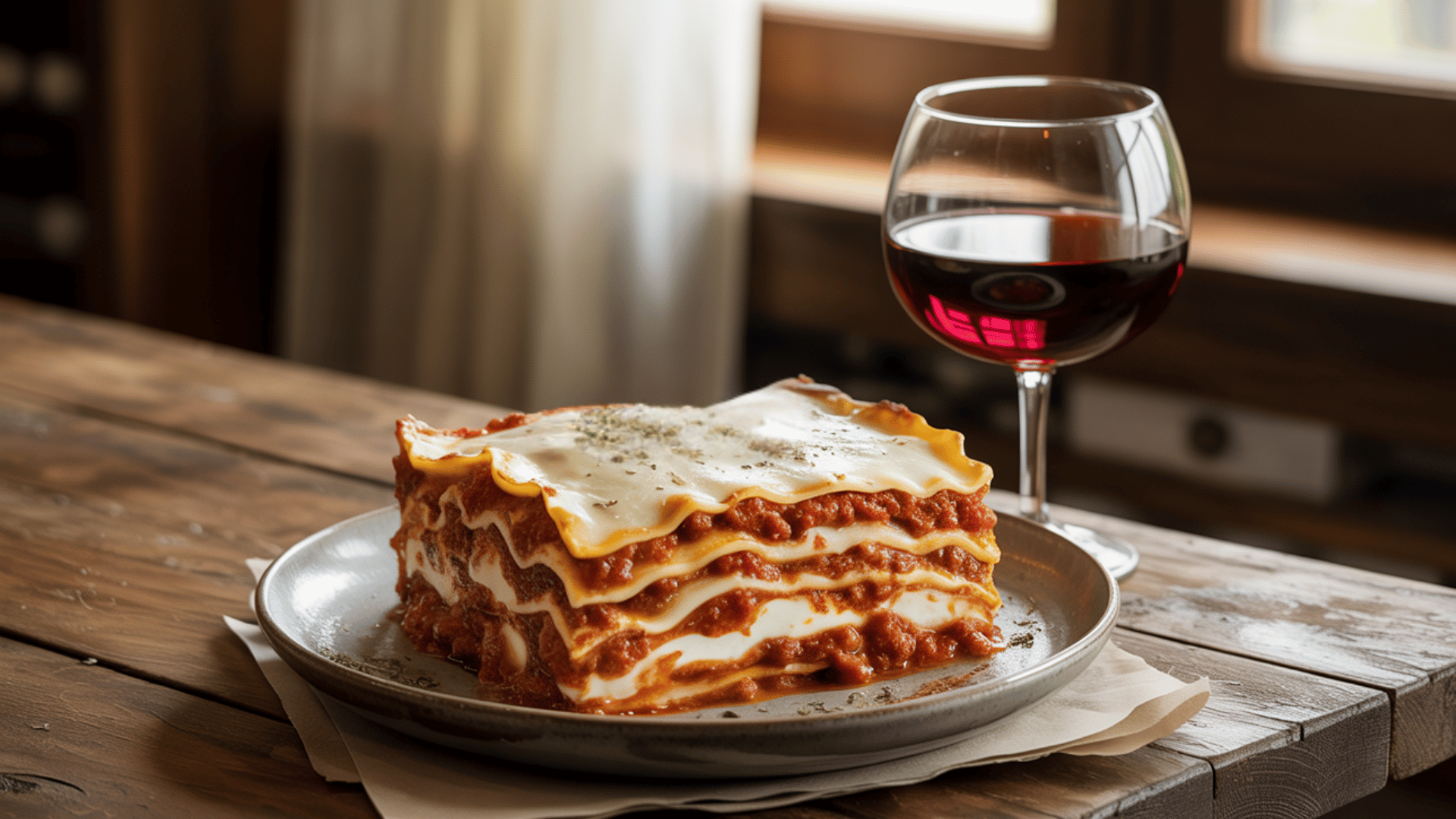
Try a medium-bodied red wine, such as Chianti or Sangiovese. These wines complement the rich ragù without overpowering the dish.
The acidity in these wines helps cleanse your palate between bites of this hearty, layered masterpiece that everyone will love.
Roasted Vegetables

Simple roasted zucchini or bell peppers add color and freshness to your plate. Keep the seasoning light with just olive oil, salt, and herbs.
The natural sweetness of roasted vegetables provides a nice contrast to the savory richness of the lasagna.
Conclusion
Yes, this recipe takes time and effort.
But when you see your family’s faces light up at that first bite, you’ll understand why this tradition has lasted centuries. The rich ragù, creamy ricotta, and those surprise hard-boiled eggs create something truly magical.
Gather your ingredients, roll up your sleeves, and get started cooking.
What are you serving Neapolitan Lasagna with?



